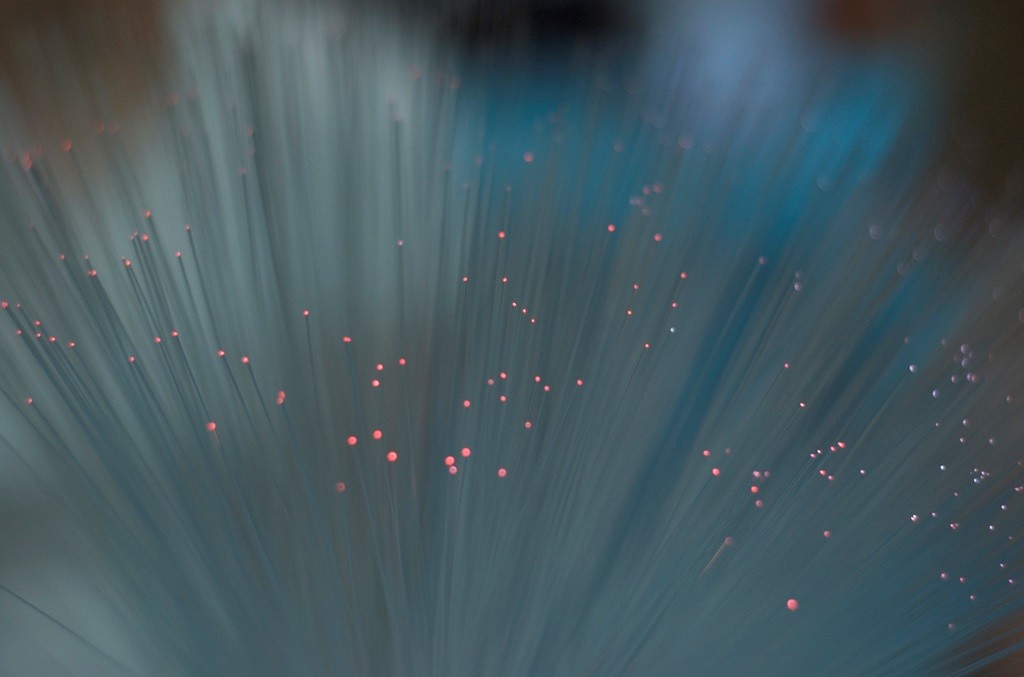
Being someone a little past my ‘best before’ date, I remember the days of the first internet connections. Dial-up modems, that took over the phone line, and came with a CD from my internet service provider. Today, even if we don’t have fibre optic broadband, most of us have heard of it. But what is it, and how does it work?
What are Fibre Optic Cables:
Currently, over 80% of the UK population have access to broadband, including mobile users. Fibre optic is the latest generation of broadband connections, and considerably faster.
Standard broadband connections are run from your service provider, through existing copper telephone cables to the ADSL modem plugged into your home phone socket. Although a million light years away from the slow and dead slow speed of dial-up modems, standard broadband is far slower than the latest fibre optics.
Instead of copper wire cables, fibre optic broadband cables are filled with extremely thin, hollow, plastic or glass strands known as optical fibres. Did I say thin, considering each strand is ten times thinner than a human hair, I guess that’s thin. That single strand of fibre cable is capable of carrying over 20,000 telephone calls. Add that to the number of strands in a normal fibre optic cable roll and you’re talking millions of telephone calls at one time.
It’s the technology in fibre optics which makes it so fast. Copper telephone cables send electrical signals from the sender to the recipient. Relatively speaking they are slow, and get slower the further they have to travel.
Fibre optics use light technology, light travels much faster than electrical pulses, and doesn’t slow no matter how far it has to travel.
Not all Fibre Optic Broadband is the Same:
Internet Service Providers in the UK talk about fibre optic broadband, and superfast fibre optic broadband. So if it’s all fibre optic, how come the difference?
The difference comes from the way your provider services your connection, and it’s known as the “last mile”. The two largest players in the UK, BT and Virgin, use fibre optics from source to cabinet. The cabinet, being the green telephone cabinet, which sits at the end of most streets.
The Last Mile:
It’s the cabling from this cabinet to your house which alters the broadband speed. BT continues to use the old telephone copper cables which are slower than Virgins coaxial cable.
On top of that, the further you are away from the cabinet using copper cables, the slower your download and upload speeds are likely to be. So, if you are unlucky enough to be that ‘mile’ away from the cabinet, and your friend is first in line from the box, his internet is likely to be considerably faster than yours.
With Virgin using their coaxial cable the problem doesn’t arise. It doesn’t matter whether your connection is first from the cabinet, or last, there is no noticeable drop off in broadband speed.
Don’t Pay for what You Don’t Need:
Unless you watch a lot of streaming films, or are a big online games player, you may not need all that extra speed, so why pay for it. And finally, don’t take your ISP’s advertised internet speed as gospel. Give them your address and ask what speed you can expect, by law they have to give you an ‘expected’ speed for your area.